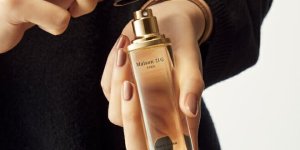Sustainable Perfume: “Synthetic” Is Not a Dirty Word
Sustainability is the need of the hour, with all the rave around all-natural perfumes, synthetic scents are shunned and discarded, but should it?
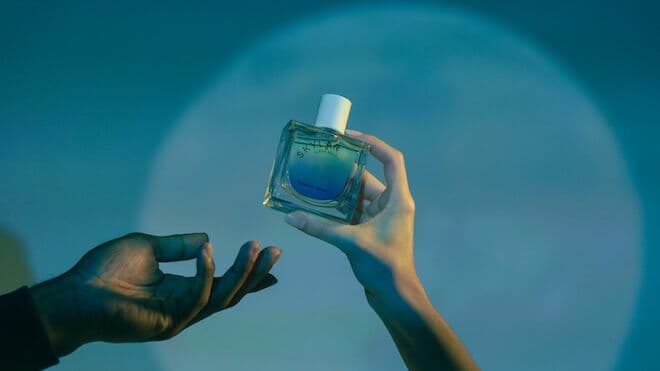
The fragrance industry has always had a complicated relationship with climate change and sustainability. Microplastics from packaging and formulations pollute oceans and harm wildlife; palm oil plantations drive deforestation, decimating habitats and endangering species, and volatile organic compounds (VOGs) like ethanol play a devastating role in ozone pollution and the quality of our health.
As the clean beauty movement inspires more purpose-driven brands that focus on sustainability and inclusivity, luxury perfume houses are working to combat this issue by making eco-friendly fragrances a reality; either through biodegradable packaging, a focus on social responsibility or the increasing use of synthetic methods.
What Does It Mean To Be Sustainable?
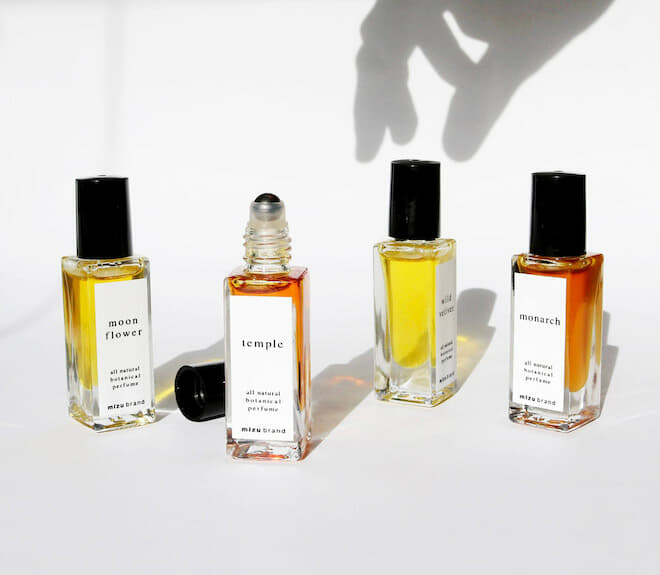
As with defining sustainability in any area of consumerism, what constitutes a “sustainable perfume” is constantly evolving. There’s no legal definition of what makes a fragrance sustainable, so many factors come into consideration for producers of perfume and conscious shoppers.
“There’s no true, objective, quantitative assessment of sustainability that’s really standardised or universally accepted,” explains Neil Burns, CEO of P2 Science, a renewable speciality chemicals producer. “My conviction is that sustainability is a mindset that drives every single step of the creation of a fragrance,” master perfumer Aurélien Guichard tells us. As the nose behind countless celebrated fragrances — from Gucci Guilty to Narciso by Narciso Rodriguez — he emphasises how sustainability in perfumery is not just about the finished product.
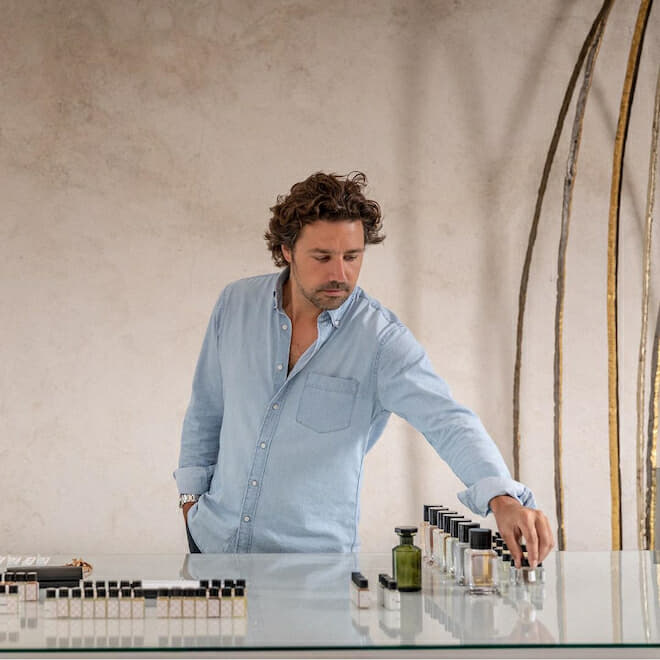
“By definition, our craft as perfumers is deeply linked with nature,” Guichard says. “It’s in our philosophy to preserve what inspires us and provides us with our ingredients.” He feels “it’s the perfumer’s responsibility to carefully source the ingredients that will enter formulas”. Ergo, Guichard both grows his own perfume plants using organic, cruelty-free and sustainable methods of production.
As well as accessing natural ingredients that are produced responsibly, the industry offers increasing access to new synthetic ingredients produced according to green chemistry principles (these include, “ingredients produced sustainable and upcycled from waste,” he explains)
- READ MORE: 5 Best Summer Fragrances to Buy
Does Natural Always Mean Good?
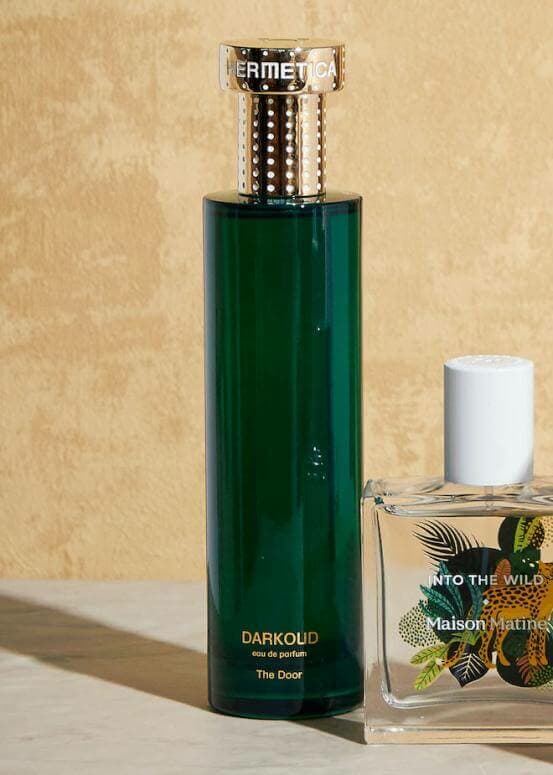
Organic perfumes are made from 100 per cent naturally-sourced ingredients — usually plant-based — and extracted without chemical intervention. In general, they define organic as being physically obtained from plants using distillation, expression and extraction. These are usually free from toxins, pesticides and chemicals.
Today, there are more perfumes with natural formulations than ever. Acqua di Parma‘s Colonia Futura uses a composition made up of 99 per cent natural-origin ingredients. Hermetica, another perfume house, has completely replaced alcohol in its formulations with Innoscent, a hybrid compound that combines natural and nature-derived molecules to reveal the heart of the perfume more efficiently.
View this post on Instagram
However, like anything else, organic perfumes have their downsides. Nature, as wonderful as it is, only has a finite amount of resources to give us in terms of beauty ingredients — these aren’t as sustainable, especially when you need large amounts of said plant to produce a product on an industrial scale. The resources it takes to produce them can have a devastating effect on the environment. For example, in order to produce a single pound of lavender essential oil, it takes roughly 250 pounds of lavender, while producing the same amount of rose can take roughly 10,000 pounds of rose petals.
Another natural ingredient that negatively impacts the environment is animal byproducts like ambergris — which comes from whales, and the sourcing results in untold numbers of creatures being hunted and killed.
Regardless of whether or not consumers fully understand what’s safe and what’s harmful, demand for natural ingredients continues to strong arm the beauty industry. Much like they want their skincare to be all-natural, consumers are now expecting the same of fragrances, calling on perfumers to create scents that are free of synthetics. But is the growing demand for natural fragrances a valid request in terms of safety? Or is it an extension of the established “clean” beauty marketing ploy, stoking fears and misunderstanding behind the product’s formulation?
Safety in Synthetics
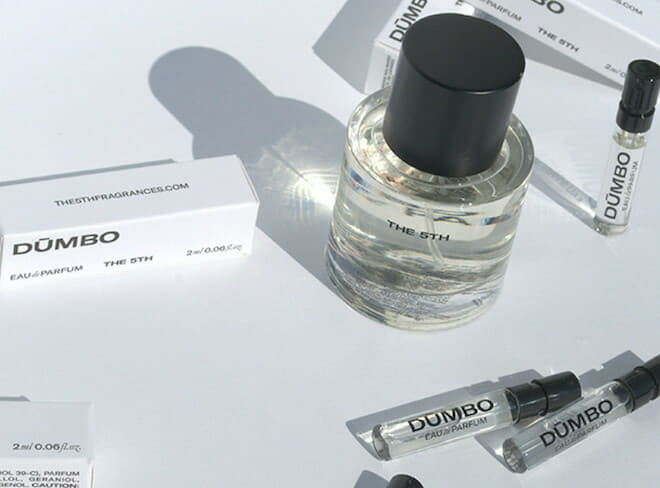
Since the dawn of the eco-friendly beauty movement, we’ve been taught that natural and organic ingredients are better for us and the planet than synthetic ones. But, as we learn more about the impact our beauty choices have on the environment, we’re also learning that that isn’t always the case. In fact, sometimes, the most environmentally responsible option are ones that come from a lab.
“There is a tendency to believe that natural is safer than synthetic, and as much as I would love this to be true, it’s simply not,” says fragrance expert, Karen Gilbert. Natural materials are highly concentrated and packed full of allergens. Oakmoss, Rose Absolute, Jasmine and Ylang Ylang are all highly restricted in perfumery due to the skin sensitising effects. By using safe synthetics, brands are able to eliminate the most common allergens that would have been naturally present.
Hannah Lawrence, Co-founder of London-based fine fragrance studio, The 5th, hopes to help remove the stigma around synthetics and to raise awareness of its advantages as a more environmentally friendly alternative to natural ingredients. “Our use of safe synthetic ingredients helps prevent the over-farming of natural ingredients at risk of extinction due to their demand for use in fragrance,” she says.
Nevertheless, it’s worth noting that perfumers have been formulating with both synthetic and natural ingredients since the 18th century. Without synthetics, many scents that consumers have come to expect from their perfumes wouldn’t exist. Synthetics recreate the smell of natural ingredients when the natural raw materials are not available or cannot be extracted into an essential oil, such as florals like lilac and freesia.
View this post on Instagram
- READ MORE: Top 9 Health And Wellness Trends In 2022
Although synthetic perfume molecules tend to garner disapproving looks among purists, many forward-thinking brands are transforming waste materials into olfactory molecules that smell close to the real thing. Issey Miyake, for example, has found a way to create an extract of vanilla using renewable carbon methods featured in A Drop D’Issey; and Salvatore Ferragamo’s Storie di Seta quartet, created in collaboration with flavour and fragrance producer Symrise, uses the Lilybelle, a Symrise-exclusive molecule derived from orange peel, a waste product of the juice industry.
As much as it might appeal to the clean beauty industry’s push to demonise certain ingredients, the reality is that naturally-derived options in fragrance are not always safer. As we are on the cusp of an environmental revolution, it requires an upheaval of existing practices and mindsets to make a difference.





